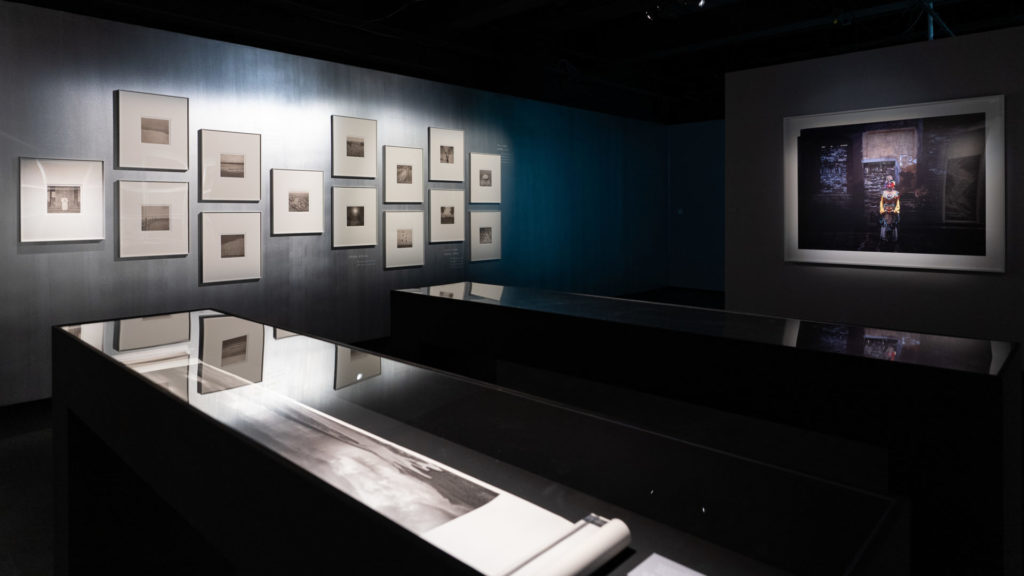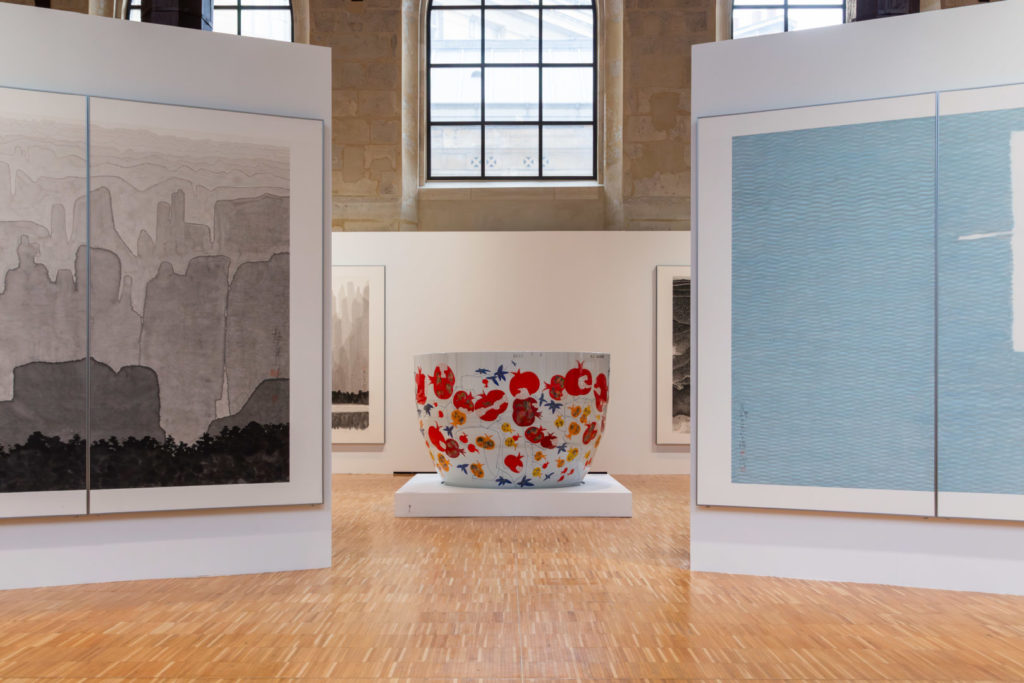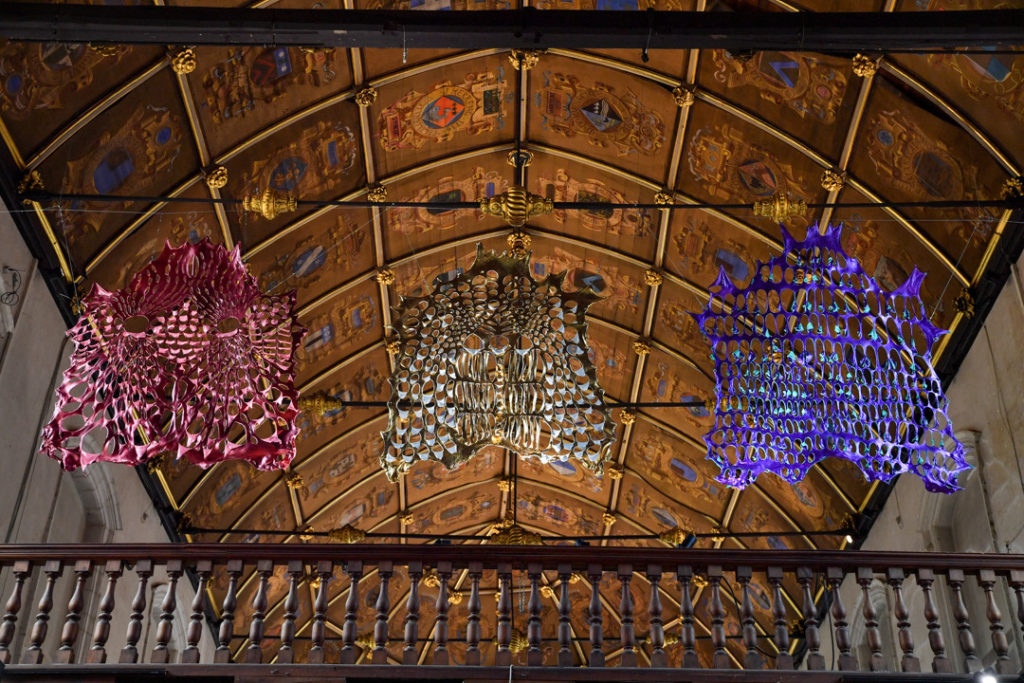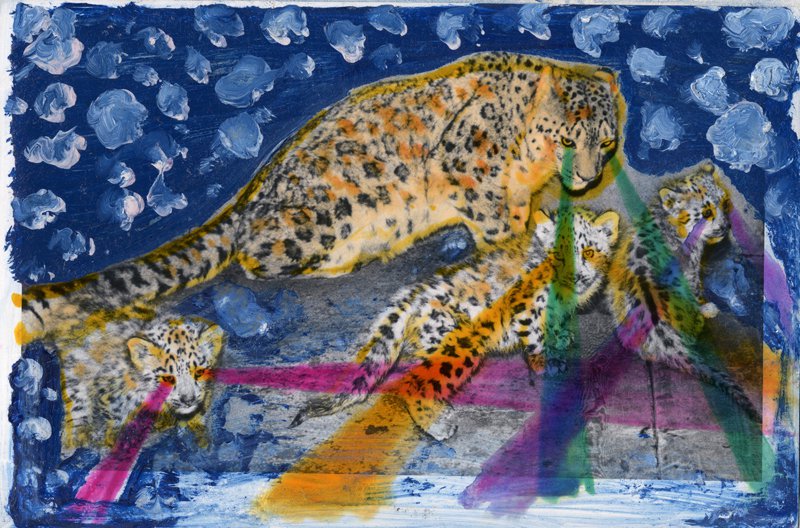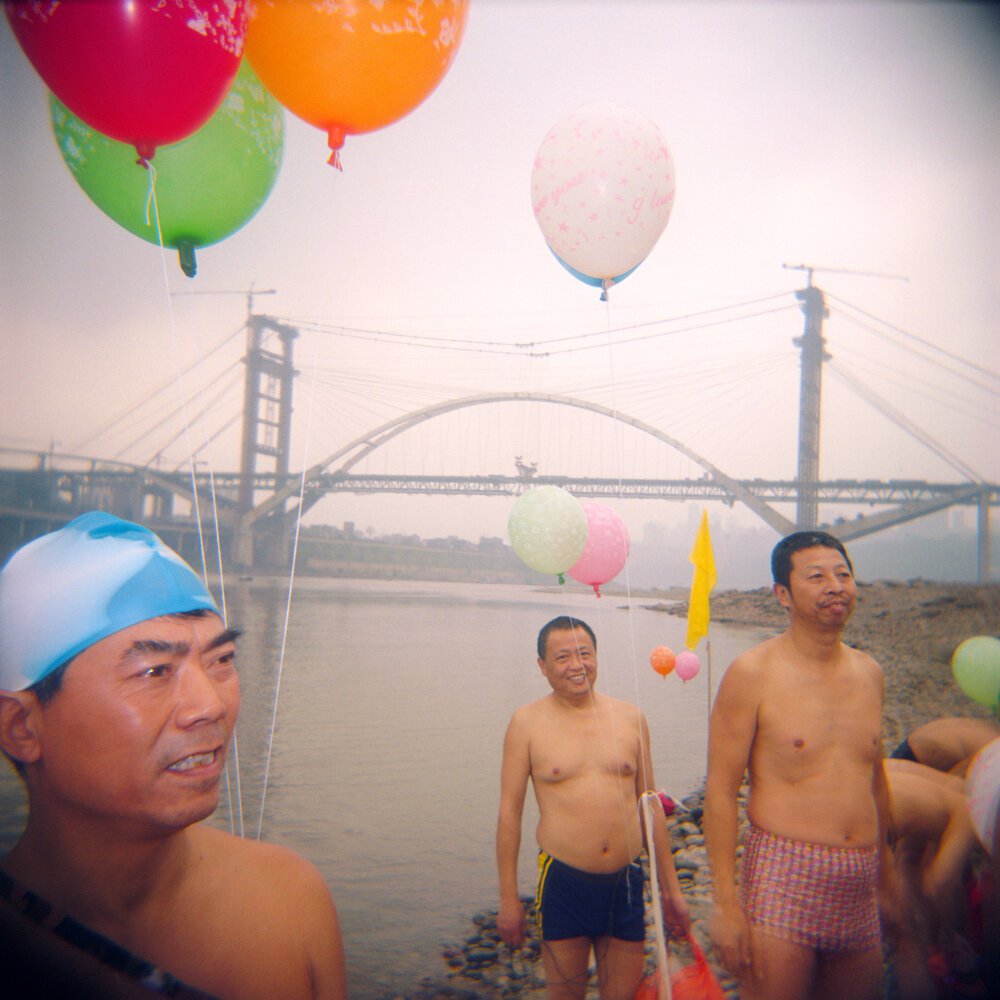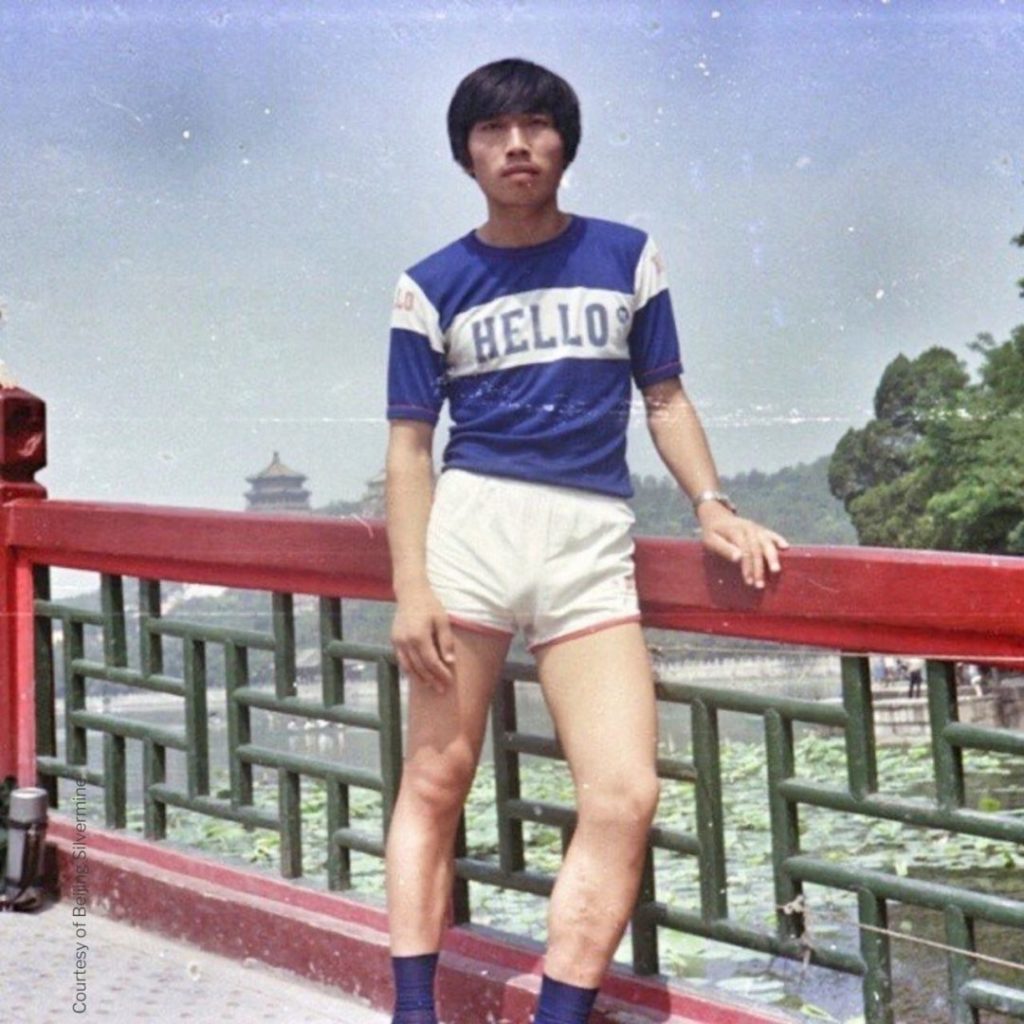“No, photography is not just nostalgia for the past. It is always torn between two opposing and complementary desires: one aims to stop the passage of time and freeze representation, the other anticipates and accompanies the movement of the world.”
Serge Tisseron, The mystery of the lucid camera, Photography and the unconscious (1996)
Standing on the banks of the Suzhou River, in the heart of a recently revitalized district that was once the industrial heartland of the city, and once a polluted underworld. The riverfront now lined with green spaces invite city dwellers and tourists alike to take a leisurely stroll. Flowing through this district is a river whose course has remained unchanged over the centuries.
The river: one of the significant elements in the relationship between mountain and water (shanshui) that characterizes Chinese literati painting dating back to the Han period (206 BC-220 AD), whereas in the history of Western painting landscape went from unacknowledged as a genre to becoming a key subject only in the 17th century in the Netherlands.
In 1890, the American philosopher William James used the river as a metaphor to describe the stream of consciousness in his Principles of Psychology (“consciousness as an uninterrupted ‘flow’”). The term quickly came to mean a narrative technique which seeks to convey an individual’s cognitive point of view by giving the written equivalent of a character’s thought process or interior monologue. The river so aptly symbolizes the myriad thoughts and feelings passing through the human mind, our ability to experience, forget, remember and imagine.
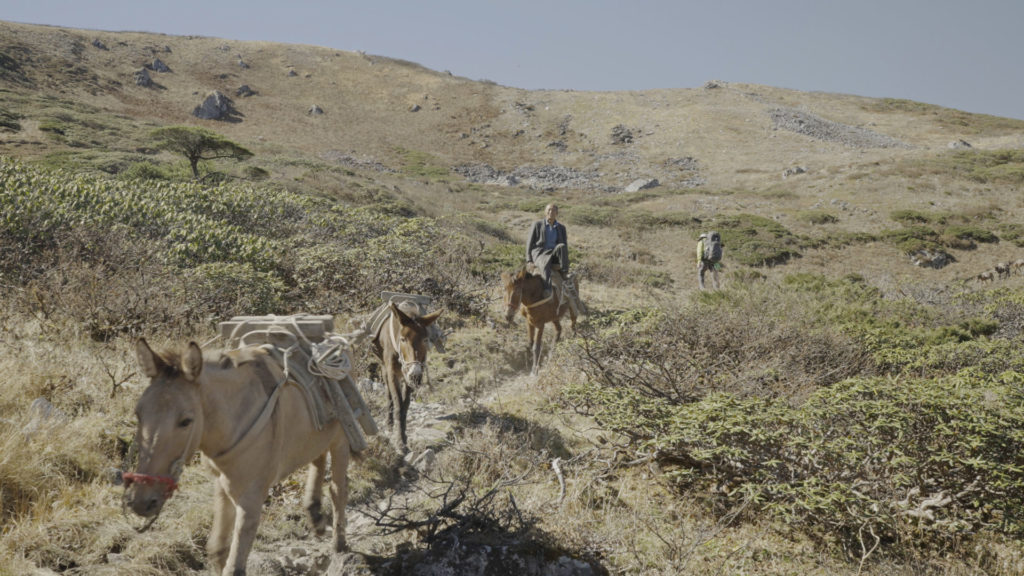
What the five artists in this exhibition have in common is their use of the photographic image to capture a river landscape in the China of the last thirty years, while referring to past literary works – whether poets who celebrated the landscapes of the Three Gorges, the traditional opera Farewell My Concubine, the Classic of Mountains and Seas, the Book of Odes, or a Yunnan folk song. Another shared aspect among the artists is that they physically engage in the making of the work (traveling hundreds or thousands of miles, sometimes over the course of several years) and set up a performance protocol, more or less visibly enacting their role as subjects in the work – although, as in the shanshui tradition, the human figure is barely present in the representation of the landscape. In the case of Zhuang Hui’s artwork, he photographs the traces of man’s passage through the Three Gorges, before they are covered by the waters of the dam that will be filmed years later. Cheng Xinhao, lulled by a song from the Nu minority, stages himself in “animated photographs” in which he is seen surveying the old Salt Horse Road, once the main access road to the Nu River valley, and reactivating a route that has all but disappeared since the creation of a highway.
Printing his photographs on traditional scrolls, Michael Cherney creates illusions by using digital technology to search for traces of landscapes depicted during the Han and Song dynasties in today’s landscapes. Sui Taca also conjures up mythical origins, establishing invisible correspondences between the earliest Chinese poems, written between 2,500 and 3,000 years ago, and his camera photographs of present-day landscapes in the Yellow River basin where they were born. Finally, Chen Qiulin adopts a fragmented visual style, between documentary scenes of the construction sites in her hometown on the banks of the Yangtze and colorful, dancing silhouettes from a traditional opera where the river symbolizes the separation of two lovers.
Photography enables them to speak of both past and present time. The images they create, while referencing their own tradition of landscape representation in art and literature, also echo contemporary global concerns about the issues posed by man’s impact on the environment in the process of industrialization and globalization. Through photography, they all bear witness to the transformations of the landscape in recent decades, between realism and poetry, between the representation of the river and the exploration of their own subjectivity.
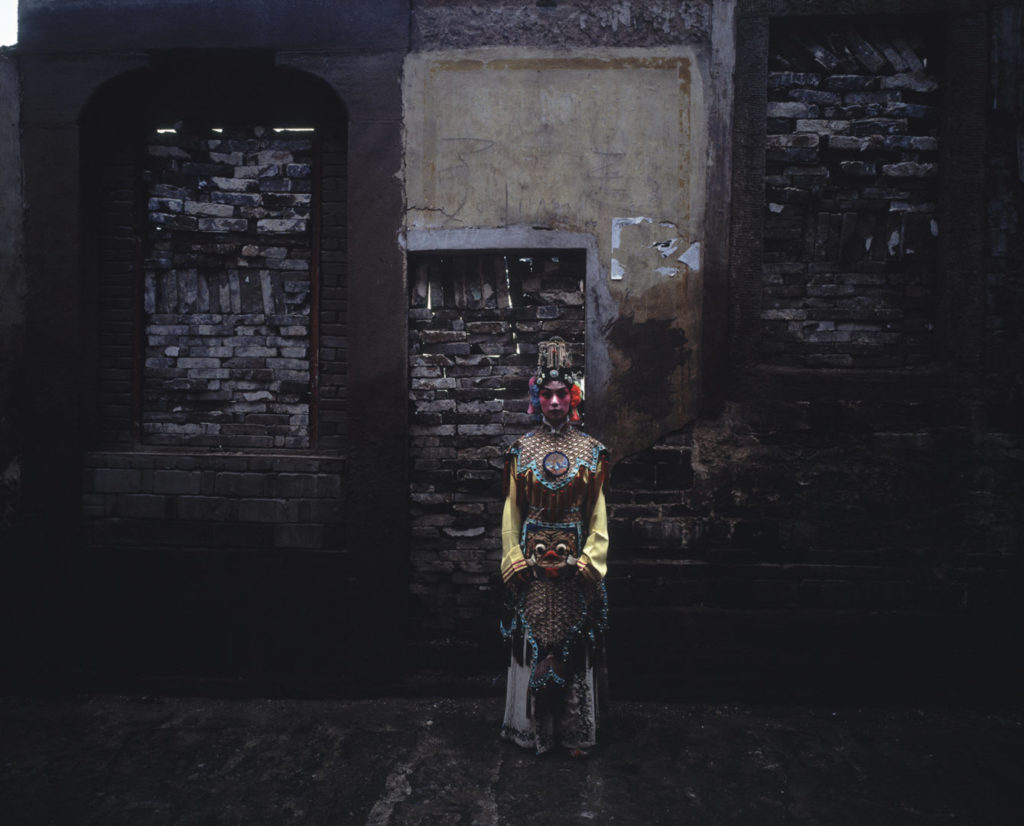
Views of the exhibition
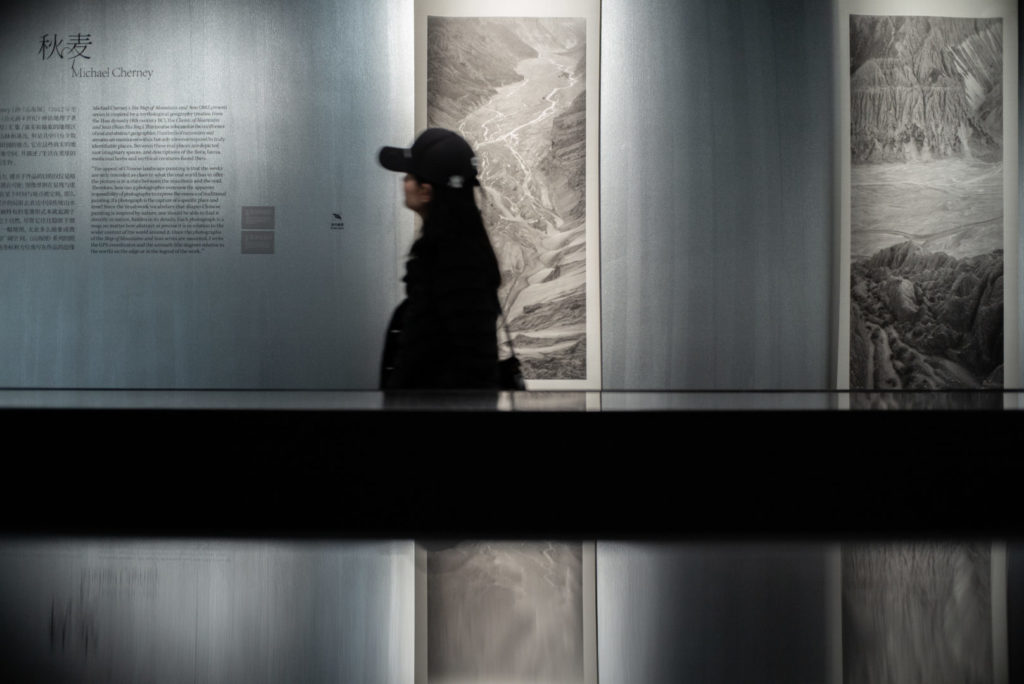
View of the exhibition, 2024.
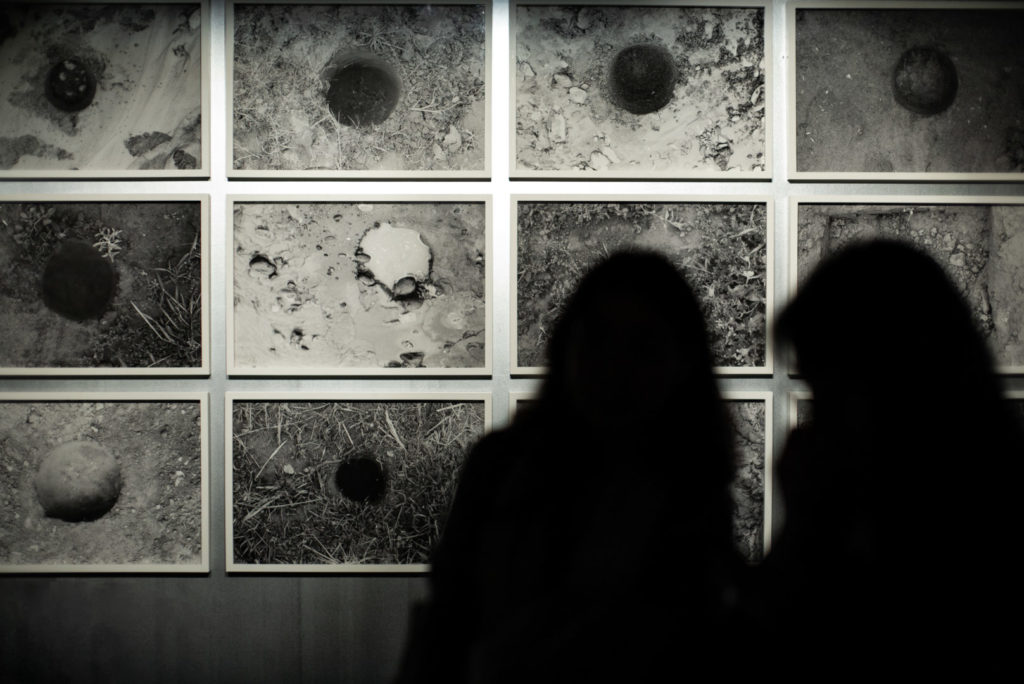
View of the exhibition, 2024.

View of the exhibition, 2024.
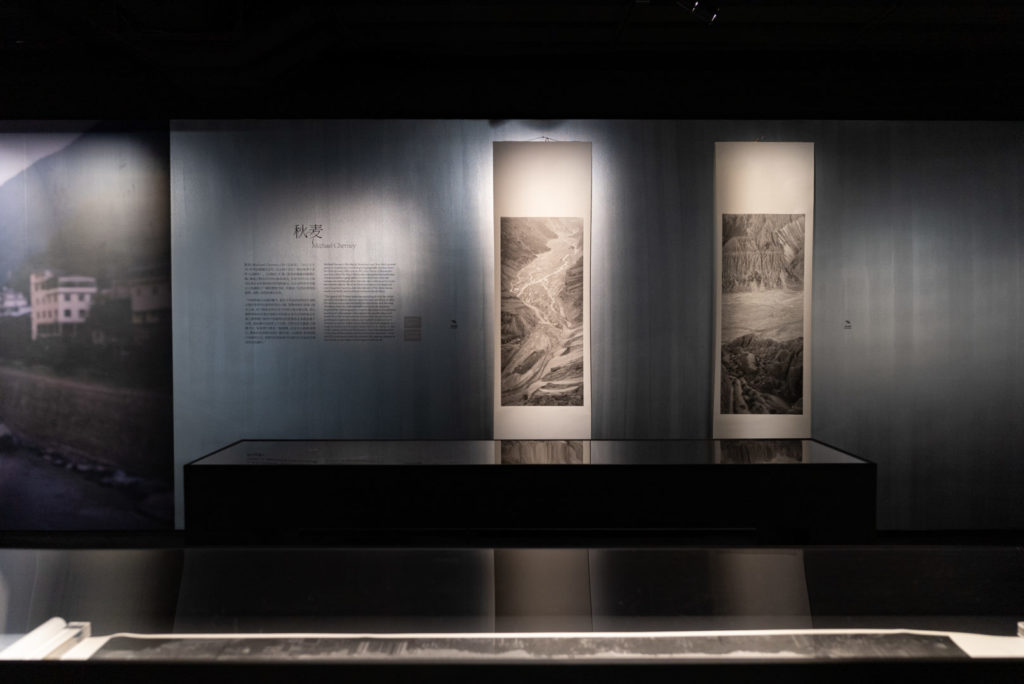
View of the exhibition, 2024.
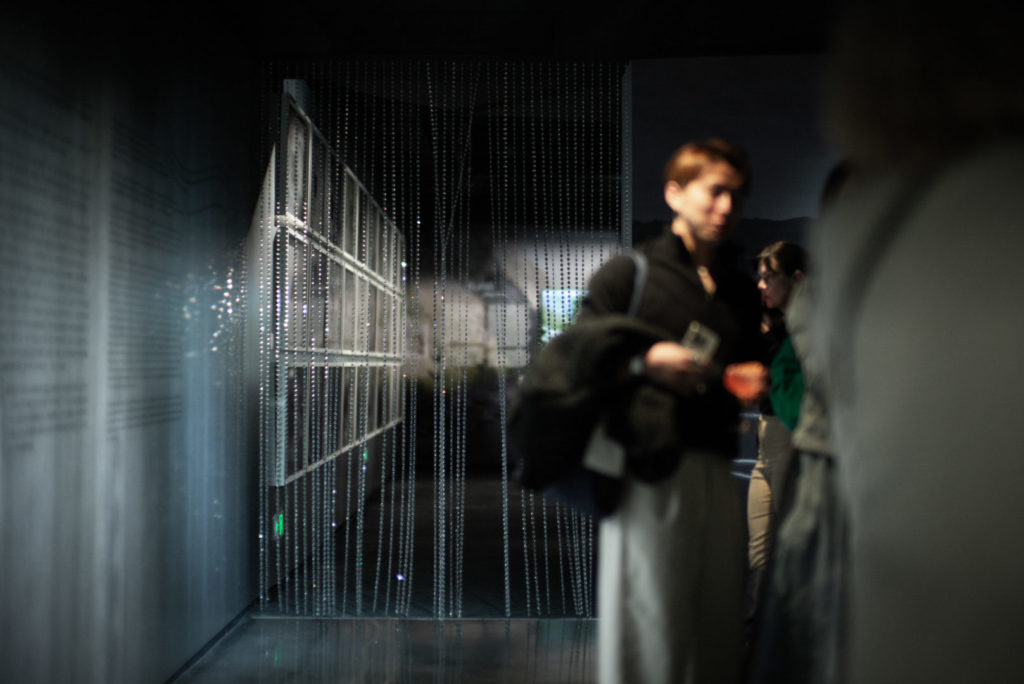
View of the exhibition, 2024.
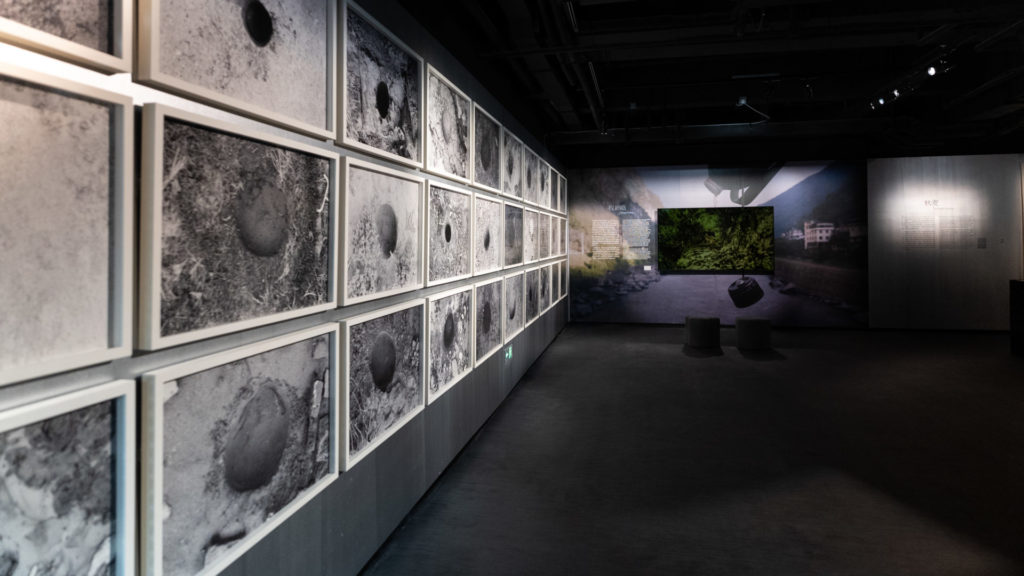
View of the exhibition, 2024.
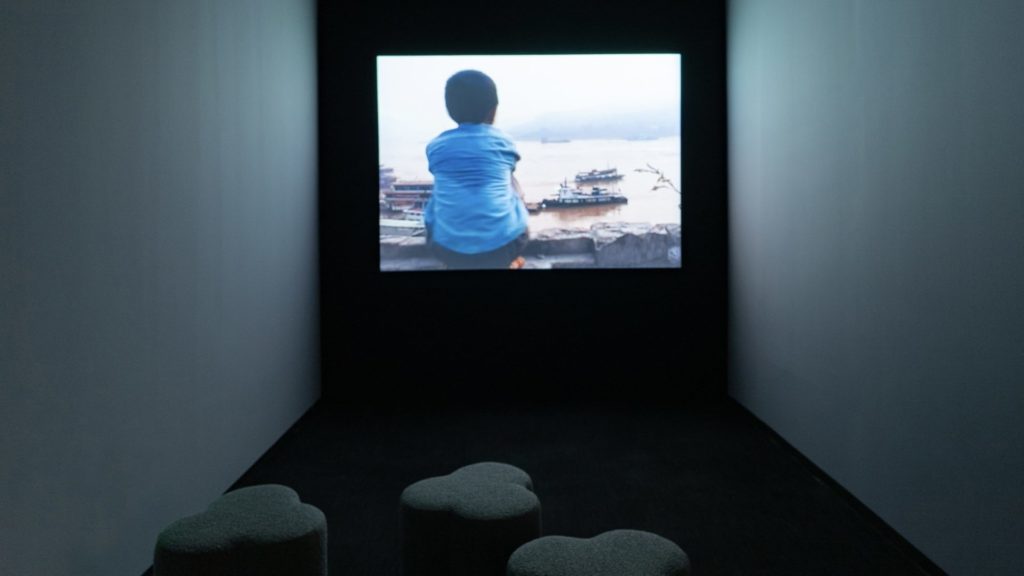
View of the exhibition, 2024.

View of the exhibition, 2024.

View of the exhibition, 2024.

View of the exhibition, 2024.

View of the exhibition, 2024.

View of the exhibition, 2024.

View of the exhibition, 2024.

View of the exhibition, 2024.

